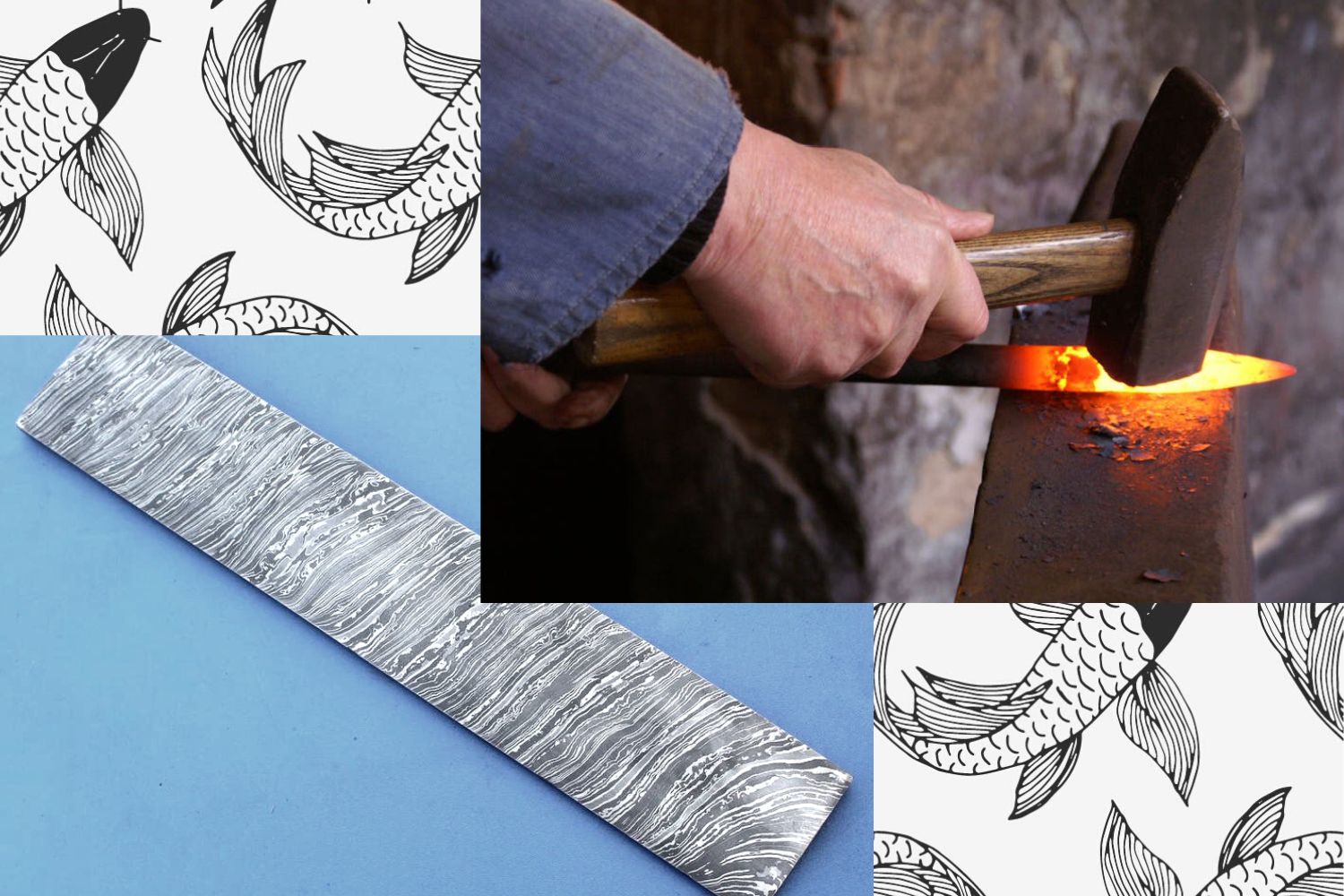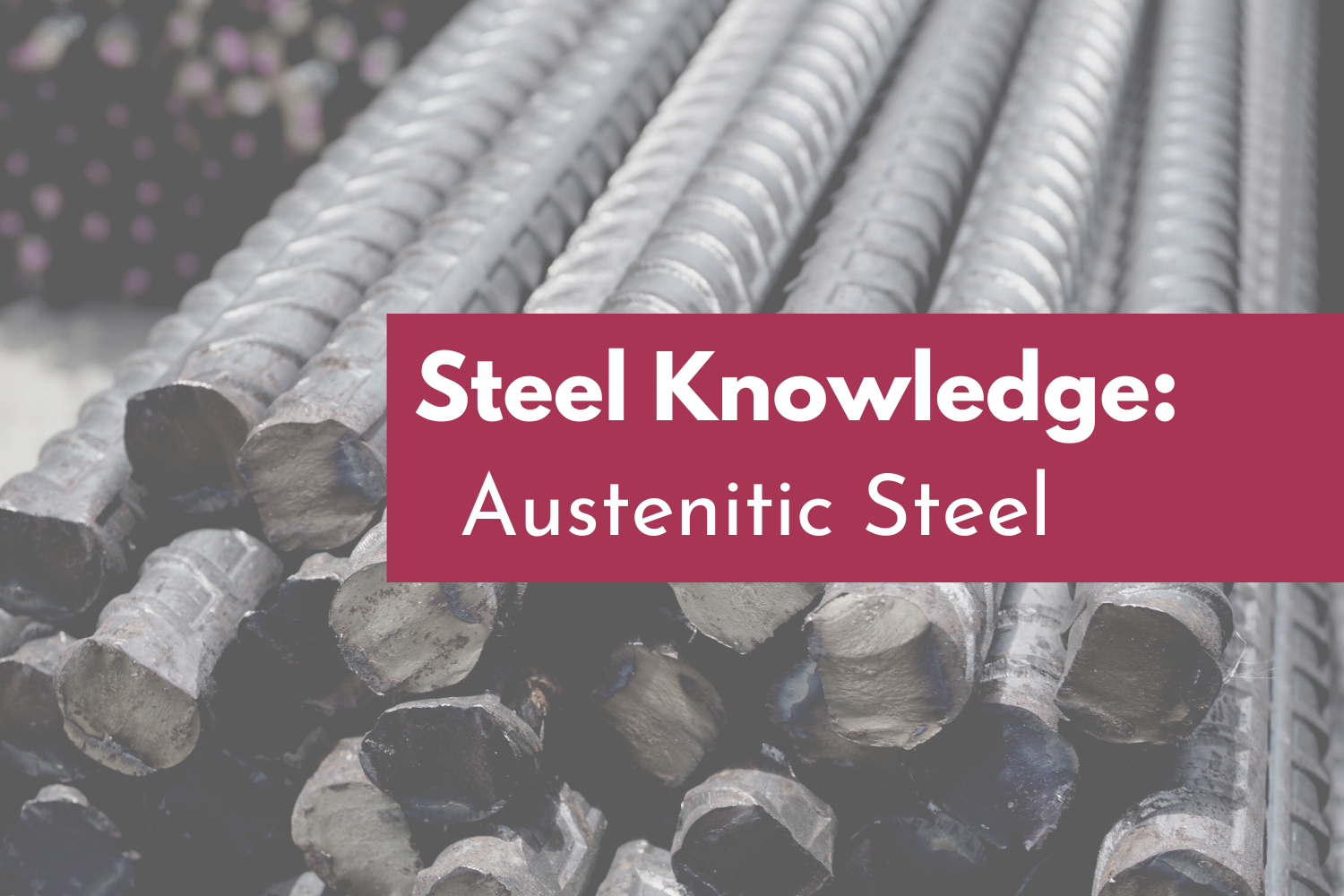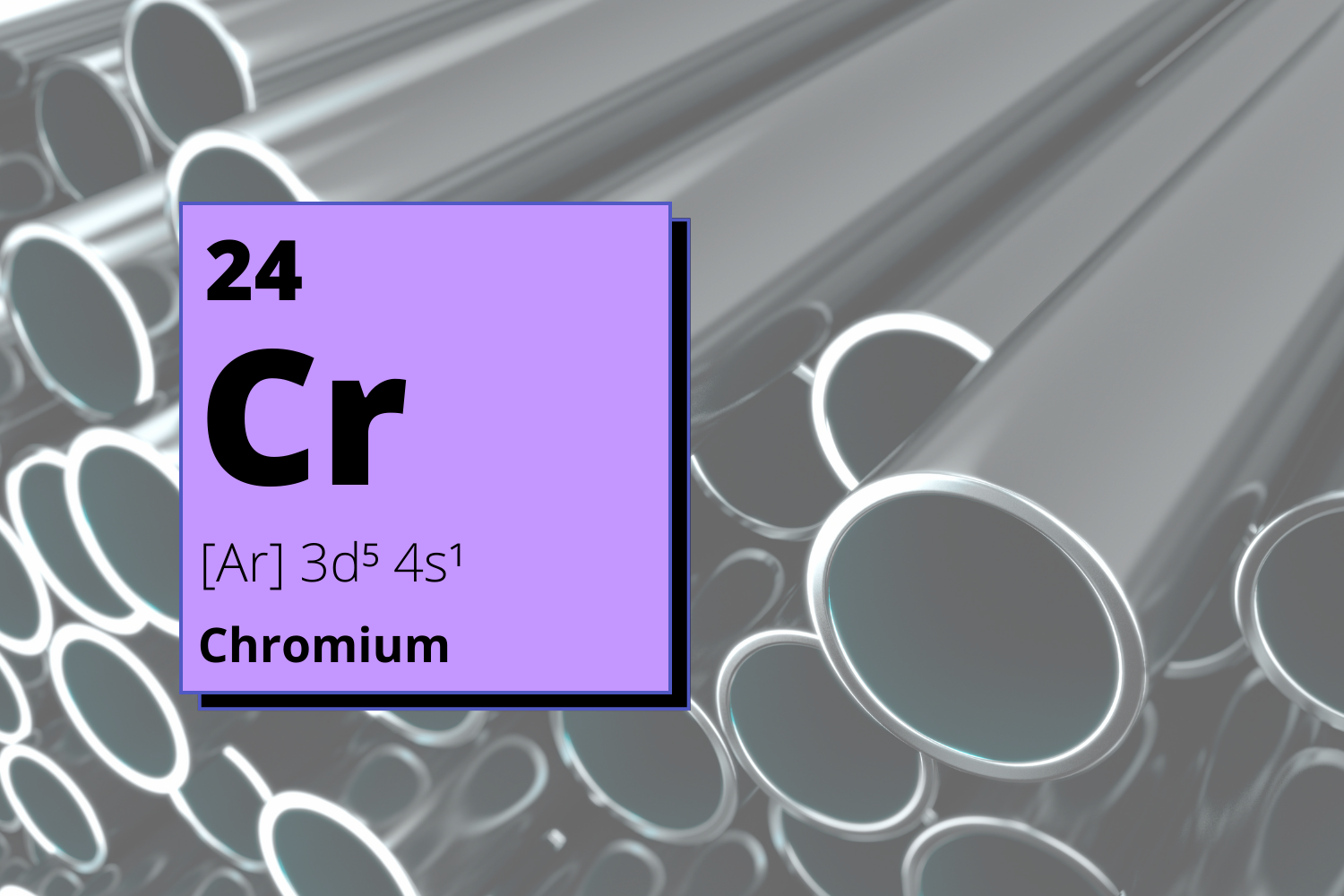When consumers look for kitchen knives, the phrases "forged" and "stamped" are often used by brands. What exactly do these words mean? Which knife design is superior? Which one should you choose?
We all want a razor-sharp knife that can maintain its edge for as long as possible. Additionally, the quality of the material used to make the blade and the manufacturing method affects how sharp and durable a knife will be.
Therefore, if you need to get the best knife for your money, it's best to distinguish between forged and stamped knives, as these are the two main categories you'll come across in terms of the manufacturing method when purchasing one.
The Process of Forging Knives
The two methods of forging are hand forging and industrial forging. Both procedures yield different blades, which have variances between them. Knives made by hand forging are one-of-a-kind, have distinctive traits, and the technique varies from one knife to another.
The main benefit of hand forging is that each knife is crafted specifically for you with careful attention to detail, and the finished product is a work of beauty and useful utility. Often they are custom made which adds to their attractiveness.
Hand forging, however, has the drawback of being labor-intensive, which means extended manufacturing times, and often restrictive types of steel used.
Some Japanese knife makers still hand-forge knives, but most have switched to the commercial forging method to fulfil demand.
Additionally, hand-forged knives will typically cost more than commercially forged knives, but you will get a better blade for the money.
Hand Forging Technique
The steel chuck is heated to forging temperature, which varies depending on the type of steel and requires a trained eye to discern the colour of the radiant steel. The hot steel is retrieved from the forge and hammered into the desired shape on an anvil by the knife maker.
The forging phase of the process is finished once the knife has been pounded into the correct shape and the blade slopes have been generally established. A sequence of carefully controlled heating and cooling steps are used in the normalising phase to reorient the steel's granular structure and stop cracks from developing.
The blade will next be heat annealed and cooled down to create the necessary blade qualities. Next the finished blade will be ground with a primary/micro bevel and can be etched with acids or textured with different treatments. A handle will be added, and the knife will be polished and sharpened.
Commercial Forging Technique
The knife's production involves human expertise and a more complex commercial forging method that uses robots and machines.
- The knife's form is created using computer-aided technology to create a mold. After that, the mold is created and utilised to make the knife.
- Steel bars cut to a given length are heated to the steel's forming point.
- To create the basic shape of a knife, heated steel is forced into the mold using a press.
- After that, the knife is heated and tempered to give the blade the necessary hardness.
To this stage, the process is usually finished by robots and robotics programmed to handle recurring actions as in a manufacturing line.
The human aspect completes the commercial forging process of a knife in the following phases.
- Hand grinding is used for the last stages of sharpening the knife's edge and shaping.
- The blade is then buffed, cleaned, and flaw-checked.
- The knife's handle is attached to complete its design.
- Afterward, the knife is sharpened at a proper angle for the steel thickness and knife type. Sharpening can be done manually; however, some manufacturers also employ machines for this procedure.
- Before packing, the knife undergoes one last check.
Even if specific procedures in commercial forging have been automated and industrialised, those procedures still call for human labor and expertise.
Compared to other knife-making techniques, this approach requires substantial effort due to the combination of technology, machinery, and human skill.
Stamped Knives: How Are They Made?
The shape of the steel utilised during the production process for stamped knives varies significantly from forging. Instead of a bar, the steel used in the stamping process is often shaped like a vast sheet of steel.
Multiple knives may be cut from a single sheet of steel when the steel is in the sheet form, which facilitates a quicker production process.
Several techniques are employed to stamp a knife from a sheet of steel.
Modern improvements now include laser and waterjet cutting of steel sheets, both controlled by computerised technology.
The following actions are required to create a stamped knife in its simplest form.
- The shape of the knife design is used to create a cutting die.
- The die is attached to a press machine.
- The metal sheet is placed beneath the die.
- The steel sheet is sliced into the knife's shape by the die's forceful impact.
- The knife is heat-treated to the proper hardness.
- The knife is then polished and fitted with a handle.
- The blade gets a final honing touch, and quality checks performed.
Even when no pressure is applied to the steel, the knife is nevertheless regarded as having been stamped when extracted using another cutting technique.
The laser and waterjet cutting benefit is that no new dies are required for each new knife layout. Simply enter the design into the computer that controls the cutting, and it will be immediately cut out.
Another benefit is cutting many patterns from a single sheet of steel, optimising its usage and minimising waste.
Which Is Superior: A Forged or a Stamped Knife?
In many ways, forged knives excel above stamped ones. First, due to the heat treatment procedure and Rockwell hardness, forged knives often retain their edge better than stamped knives. This is not indicative of process, but more so hand-forgers prefer harder, higher carbon steel, where as stamped steel can be made from less expensive, softer steel.
The majority of forged knives are made of high carbon steel, which is prone to rust and needs special maintenance to last you a long time. Another downside to forged is that they are often made from steel with higher amounts of impurities in the steel which can lead to brittle edges, cracks forming or de-laminated layers in the steel. Depending on the type of steel used, and the forging process (which can introduce even more impurities), this can adjust the overall hardness and durability.
Conversely, stamped steel or commercially forged steel can be made with a higher purity of steel, which aids in strong carbide formation and increased hardness. The improved accuracy of this technique provides reliable results across unlimited number of knives, which helps for professionals that want a collection of knives with similar performance.
The greatest benefit though, is cost. They will always be less expensive than hand-forged.
The main downside of stamped knives is that it can be difficult to trace their origin and there can be lower quality clones made from less reputable companies. Making sure you are buying the genuine article can be complex.
Conclusion
When forged knives are pitted against stamped knives, the forged knives can come out on top. You must first consider the knife's function to choose between the two. If you are looking for a one-of-a-kind knife made to suit your tailored measurements (and willing to put in some extra effort on upkeep and maintenance), choose forged. If you are looking for a reliable collection of knives that are cost effective lower maintenance, choose stamped.
The choice is to choose a mixture of the two. As we always say; 'There is no such thing as a perfect knife, only the perfect knife for each job'. Having a range of knife types including forged and stamped gives you the benefit of both when you need it.




